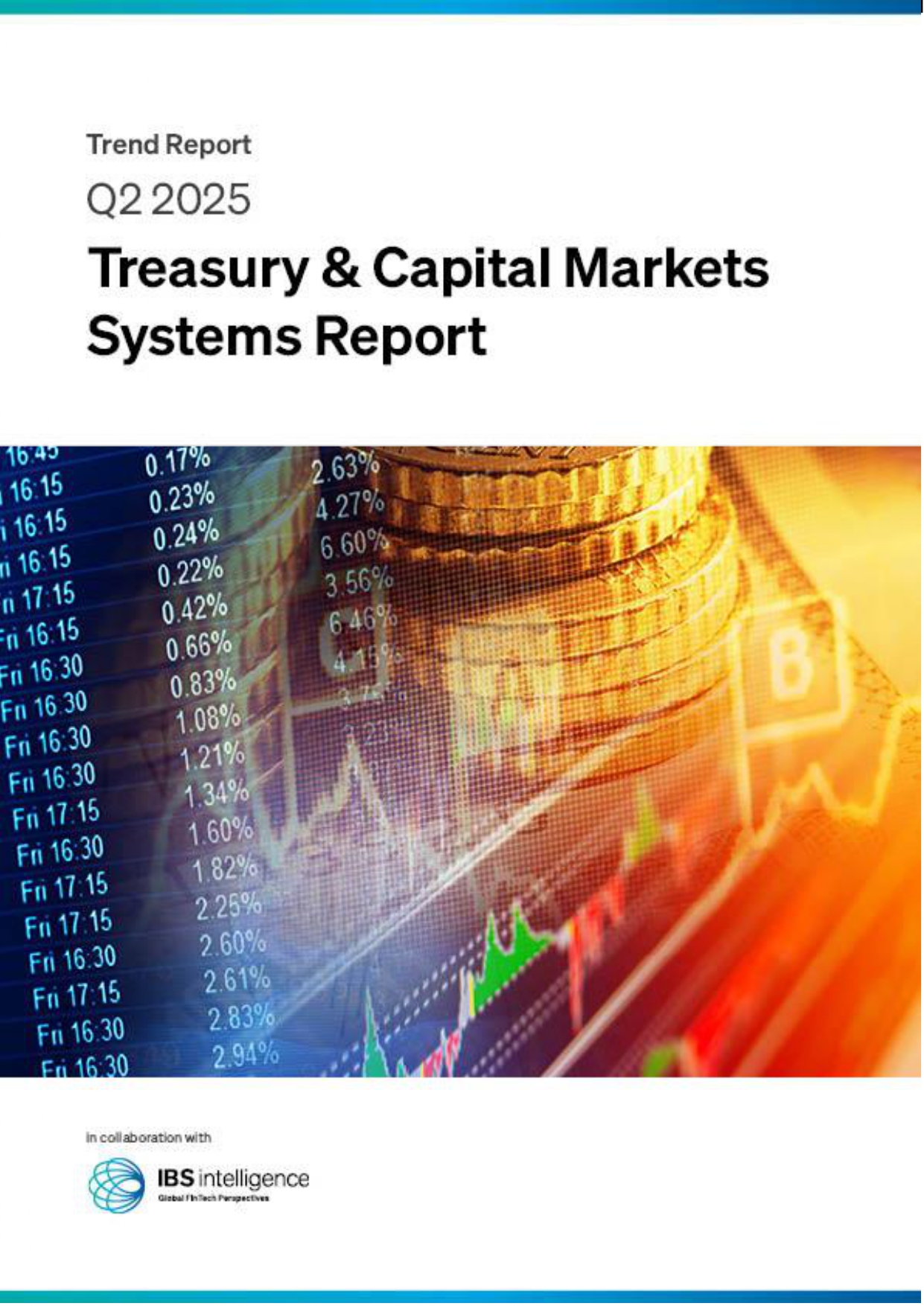 Back
Back
The deep dive: Digital wealth management
By Puja Sharma
The deep dive’ is our bi-weekly exploration of a relevant topic, hot trend, or new product. For Prime subscribers only.
How does it work?
Digital wealth management refers to financial advisors availing digital tools to create a personalised experience for their clients and offer them better services. Since the wealth management industry is undergoing disruption in terms of demand, automation, speed, and engagement. The wealth managers need to keep up with the client’s needs. The managers are integrating technology to offer real-time tailored communication to the clients. They are also using real-time data that would help the managers to add and share their customer’s accounts with multiple providers.
Who is under the radar?
Increasingly, High Net Worth (HNW) individuals are drifting away from traditional wealth managers and into the arms of digital-first firms. According to the 2021 EY Global Wealth Report, 28% of HNW clients plan to switch wealth managers over the next three years moving their money over to FinTech platforms, which enjoyed a generous boost over the 2020 lockdown period and are anticipated to see a whooping 74% increase in usage.
Research surveying independent financial advisers and wealth managers in MENA found that 85% expect international firms to grow their presence in the region over the next three years. The study, commissioned by behavioral finance experts Oxford Risk, involved wealth managers in the United Arab Emirates, Saudi Arabia, Bahrain, Qatar, Egypt, Kuwait, and Oman.
This means that for the industry it has become key to invest in a digital-first proposition to retain clients. On top of this, their client pool has become more and more diverse and aware of social and environmental issues, so wealth managers need to understand what their clients are looking for, what they value most, and how best to connect with them.
Our proprietary data shows that 75% of surveyed investors prefer to engage with their wealth managers via the app, a figure expected to hit 89% in the next 2 years. Phone calls and virtual meetings still rank high, with these channels being used by 53% and 58% of the clients. Meetings and emails are only used in 30% of cases but a renewed preference for engaging in person is expected in 2 years (47%). Messaging apps as a channel for communication never really took off in this context, with only 20% using them now and even less expected in the future.
Why does it matter now?
Wealth-management firms can now detect client patterns, gain insight into otherwise complex and highly nuanced investor profiles, and identify short- and long-term customer objectives more effectively thanks to powerful resources such as behavioral sciences, advanced analytics, artificial intelligence, and machine learning. This allows advisors to plan their counsel more efficiently. Client-focused technology-driven models, such as Morgan Stanley’s NBA recommendation system, have been shown to improve advisors’ client service, according to research by Deloitte.
A similar model can be used to estimate the complexity of clients and/or assets held outside a client-directed portfolio — information advisors can use when recommending complementary products and/or services to their clients. Also, wealth managers can build propensity models to identify clients at risk of leaving to a competitor, so they can engage them proactively before they sever the relationship and transfer assets to a competitor.
IBSi FinTech Journal
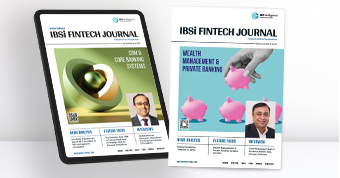
- Most trusted FinTech journal since 1991
- Digital monthly issue
- 60+ pages of research, analysis, interviews, opinions, and rankings
- Global coverage
Other Related News
Related Reports

Sales League Table Report 2025
Know More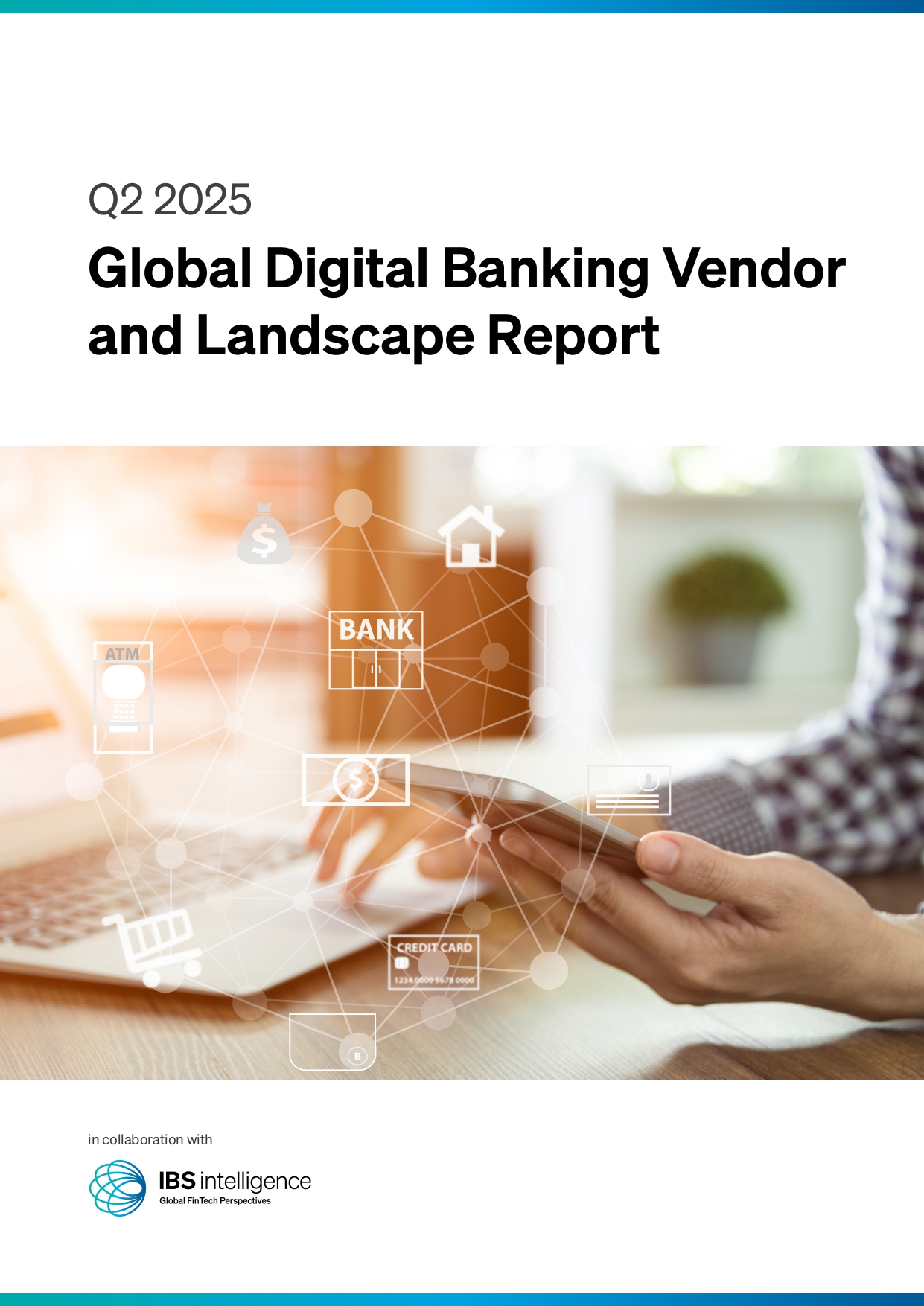
Global Digital Banking Vendor & Landscape Report Q2 2025
Know More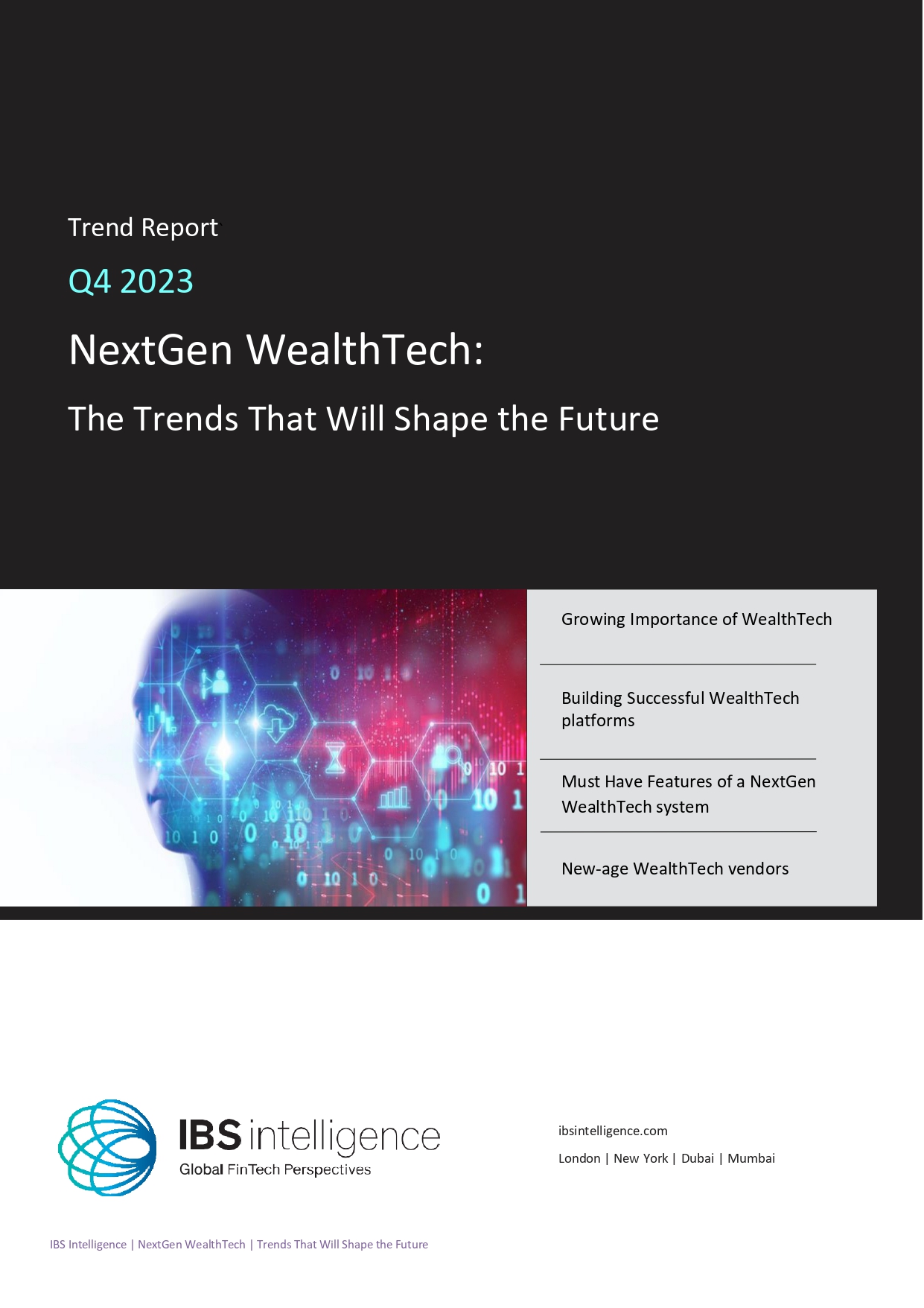
NextGen WealthTech: The Trends To Shape The Future Q4 2023
Know More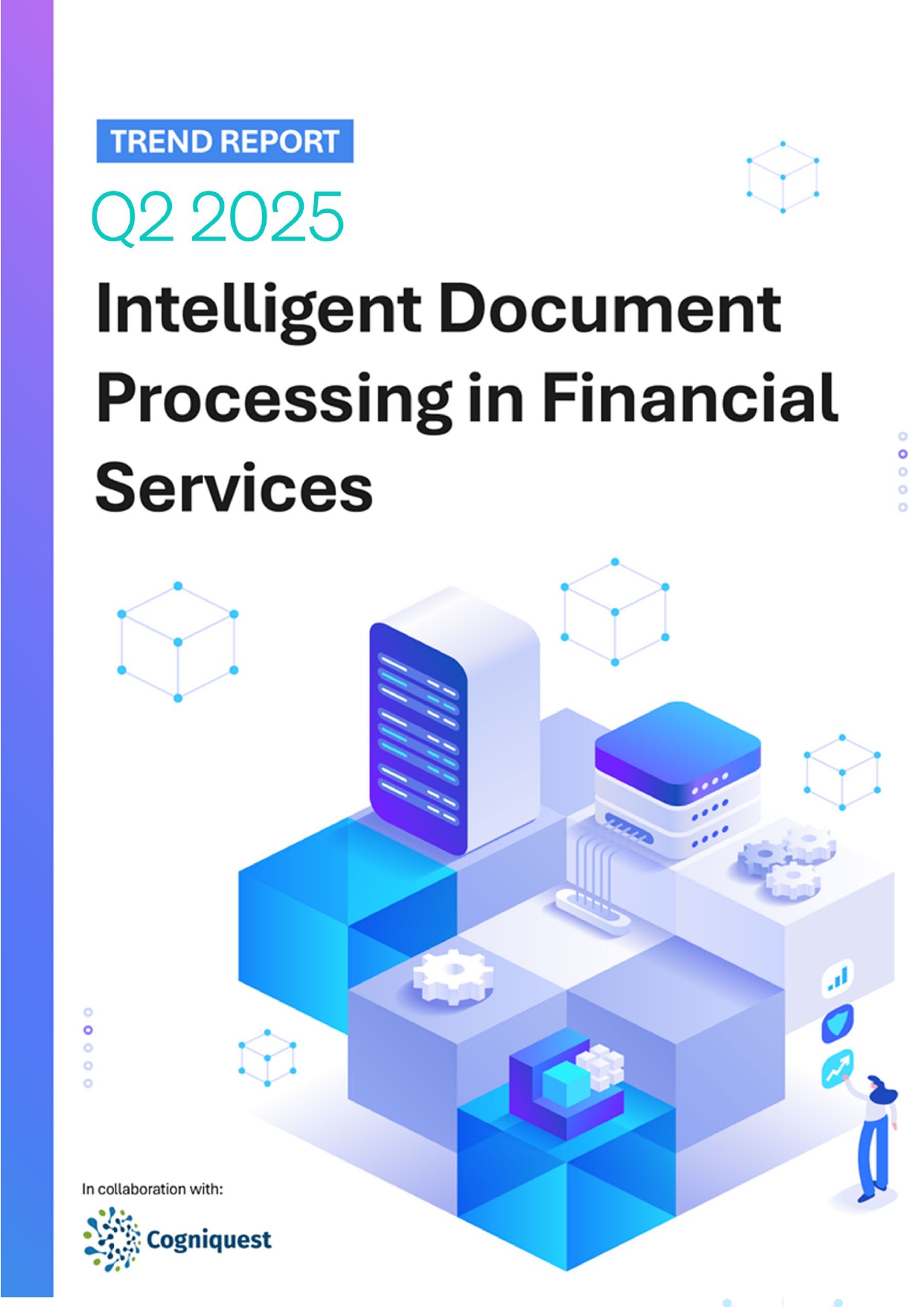
Intelligent Document Processing in Financial Services Q2 2025
Know More